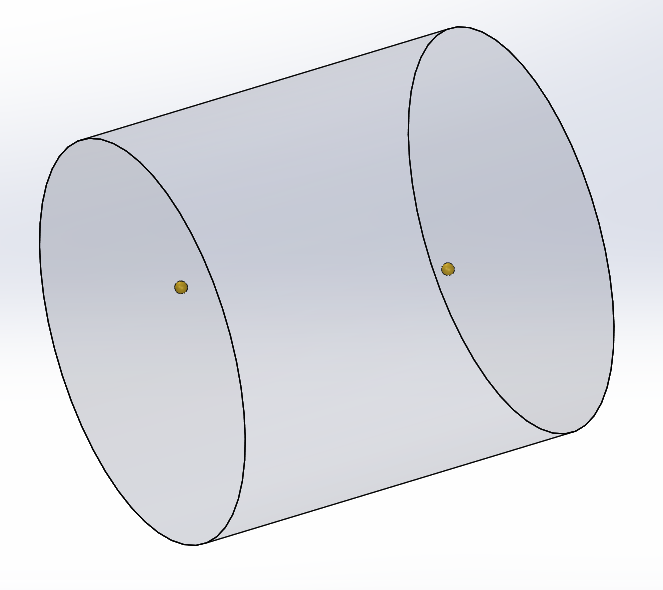I am very inexperienced when it comes to physics-related concepts, so I just wanted confirmation that I am correctly visualizing/internally-representing some of the content I am reading about.
In my readings of MRIs, I often see the phrase, "...applying a rotating magnetic field at [such and such] frequency...".
In the context of MRIs, you'd typically have a solenoid enclosing some cylindrical volume. It is this interior volume that is being subjected to a "rotating magnetic field". For the purpose of simplicity, you can assume that the space where this magnetic field manipulation is taking place is homogenously applied.
So consider the following picture:

If I had a mini "magnetic field measuring device" placed at each one of these spheres (enclosed within the cylinder), would I see the same oscillating signal? (i.e. do each one of the depicted yellow points in space experience the same oscillating magnetic field at the defined "frequency"?)
That is to say, can I imagine some magnetic field vector emanating from each sphere and wobbling around identically at the specified frequency?
